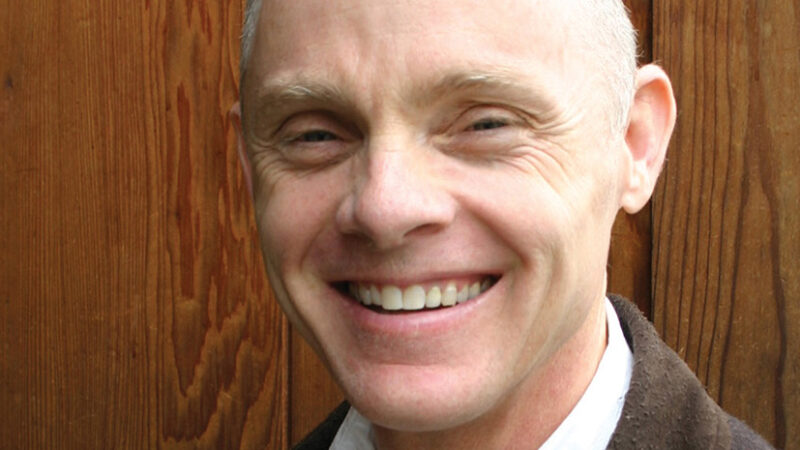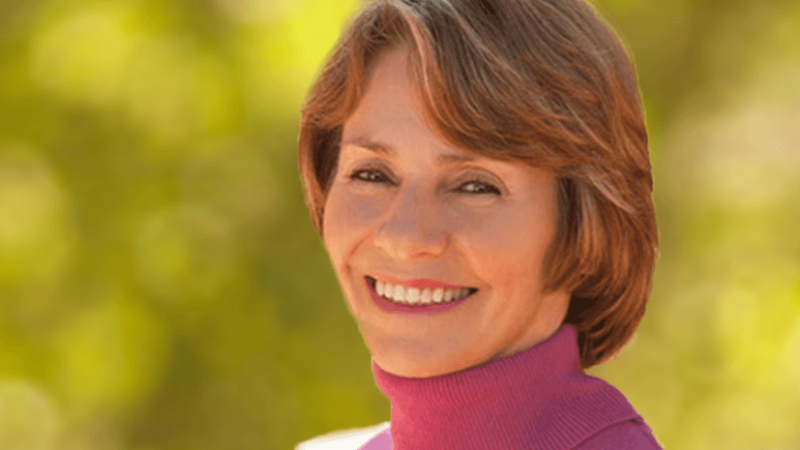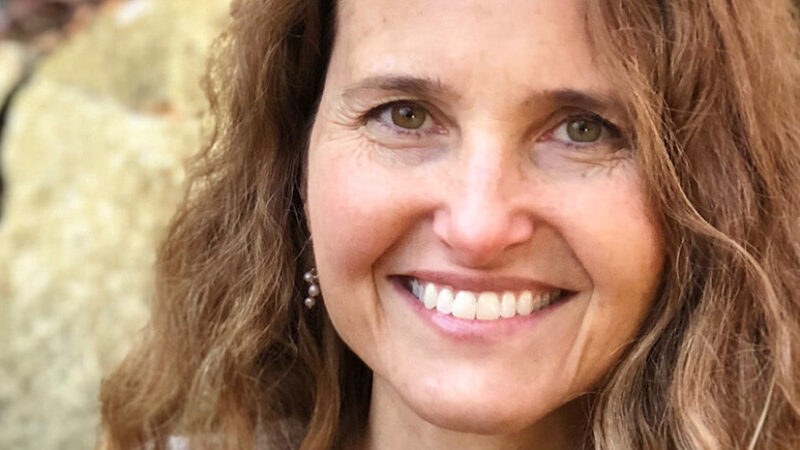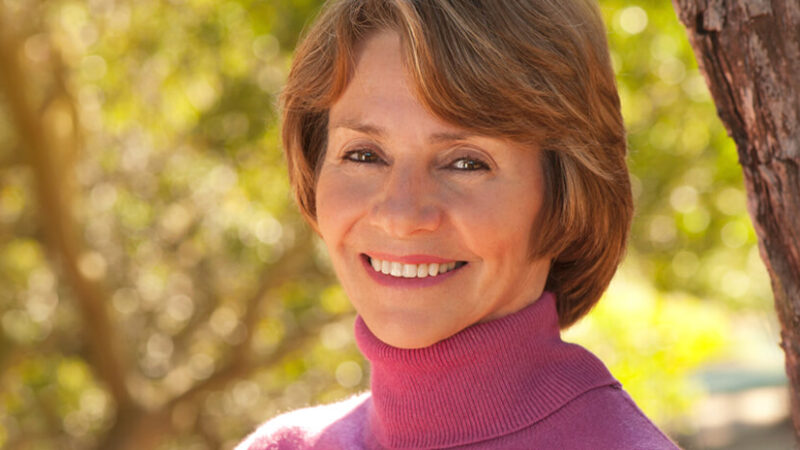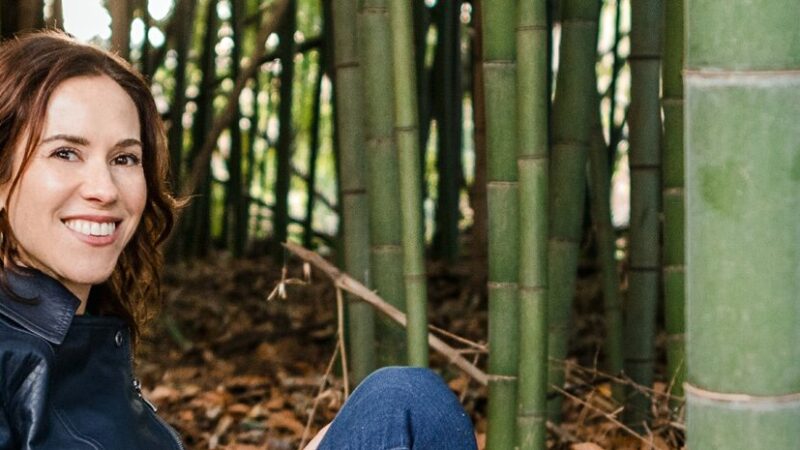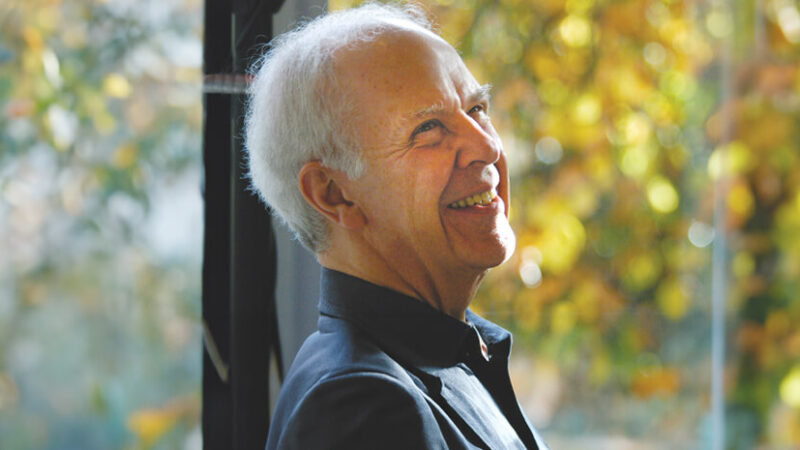-
E107: Becoming Okay Inside
Michael Singer — August 28, 2025
The fundamental spiritual question is not “How do I be okay?” It is “Why am I not okay?” Our ...
-
Andrew Holecek: What Reincarnates? | Part 2
Andrew Holecek — August 26, 2025
Join Tami Simon and Andrew Holecek for the second half of their exploration of reincarnation. Here,...
-
Honey Tasting Meditation: Build Your Relationship with Sweetness
There is a saying that goes “hurt people hurt people.” I believe this to be true. We have been...
Written by:
Amy Burtaine, Michelle Cassandra Johnson
-
Many Voices, One Journey
The Sounds True Blog
Insights, reflections, and practices from Sounds True teachers, authors, staff, and more. Have a look—to find some inspiration and wisdom for uplifting your day.
Standing Together, and Stepping Up
Written By:
Tami Simon -
The Michael Singer Podcast
Your Highest Intention: Self-Realization
Michael Singer discusses intention—"perhaps the deepest thing we can talk about"—and the path to self-realization.
This Week:
Andrew Holecek: What Reincarnates? | Part 2 -
Many Voices, One Journey
The Sounds True Blog
Insights, reflections, and practices from Sounds True teachers, authors, staff, and more. Have a look—to find some inspiration and wisdom for uplifting your day.
Take Your Inner Child on Playdates
Written By:
Megan Sherer
600 Podcasts and Counting...
Subscribe to Insights at the Edge to hear all of Tami's interviews (transcripts available, too!), featuring Eckhart Tolle, Caroline Myss, Tara Brach, Jack Kornfield, Adyashanti, and many more.
Most Recent
Waking Up: What Does It Really Mean?
Adyashanti is a widely beloved, American-born spiritual teacher whose practice is rooted in Zen Buddhism but has expanded beyond any one path or perspective. He has created many books and audio programs through Sounds True, including Resurrecting Jesus, Emptiness Dancing, and Healing the Core Wound of Unworthiness. In this episode of Insights of the Edge—which previously appeared as part of the provocative interview series Waking Up: What Does It Really Mean?—Tami Simon and Adyashanti inquire deeply into what exactly constitutes “awakening.” Adya describes his own experiences of awakening, vividly comparing and contrasting his felt sensation of each of these life-changing experiences. Tami and Adya also discuss whether awakening is a sudden or gradual process, and what one can and cannot expect from these moments of profound epiphany. Finally, Adya shares his pith instructions on how to encourage such a spiritual awakening.
Our Evolutionary Leap
Lynne Twist is a global activist, author, and teacher who has devoted her life to sustainability and economic integrity. An original staff member of The Hunger Project, she is author of The Soul of Money and president and founder of the Soul of Money Institute. She is also the author of the Sounds True audio learning program Unleashing the Soul of Money.
In this podcast, Lynne joins Sounds True’s founder, Tami Simon, to discuss the challenges and opportunities now facing humanity—and the invitation to each one of us to make a difference as we embrace this critical time in our evolution at the beginning of a new millennium.
Lynne and Tami also talk about our unique place in time and the emerging new approach to business; the Pachamama Alliance and the prophecy of “The Eagle and the Condor”; tapping the wisdom of “grandmother energy”; Buckminster Fuller and creating a world that works for everyone; the invitation to each one of us to “take an evolutionary leap and dream big now”; environmental regeneration and redefining humanity; reclaiming our home in the ecological world, and creating economies that respect nature; giving up the scramble and becoming totally present in the moments of our life; purpose, choices, and trusting our feelings; bravery, humility, and surrender on the path; and more
Shining Bright Without Burning Out
Mara Bishop is a shamanic practitioner, intuitive consultant, teacher, author, and artist. In private practice, she uses her Personal Evolution Counseling™ method to provide an integrated approach to spiritual healing, personal growth, and emotional well-being. She is the author of the books Shamanism for Every Day: 365 Journeys and Inner Divinity: Crafting Your Life with Sacred Intelligence, and, with Sounds True, she is the author of the audio learning program Shining Bright Without Burning Out: Spiritual Tools for Creating Healthy Energetic Boundaries in an Overconnected World.
In this podcast, Mara speaks with Sounds True’s founder, Tami Simon, about how in today’s world we can learn to value our sensitivity instead of feeling overwhelmed and exhausted. Mara and Tami also discuss shamanism as a path of direct revelation, accessing non-ordinary consciousness for insight and healing, the three phases of creating healthy energetic boundaries, the difference between “just plain stress” and burnout, discovering your energy personality archetypes, understanding your energy ecosystems and how they interact, working on yourself and bringing light to the shadow aspects of your personality, the difference between compassion and empathy, energetic cleansing methods, the paradox of “one and all one,” Mara’s concept of “powering on” to amplify and shine our inner light, how our world has become “overconnected” and how to avoid the burnout this can create, the shamanic practitioner as someone who can “see through the eyes of the heart,” and more.
Customer Favorites
Lynne Twist: Finding Fulfillment in a Purpose Larger t...
At a time when many of us are feeling hopeless, angry, or cynical, how can we reclaim our joy and choose to see possibility instead? How can we change what we tell ourselves about our lives and our world? In this podcast, Tami Simon speaks with author and activist Lynne Twist about her new book, Living a Committed Life, and discovering the role we each must play to usher in a new era for humanity.
Tune in for an inspiring discussion of strengthening your “possibility muscle”; the power of disruption; the breakthroughs hidden in the breakdowns; choosing to tell a new story; the relationship between pain and joy; the willingness to be “proximate to suffering”; grief as medicine; the origins of the Pachamama (Mother Earth) Alliance; why everyone has a role to play in the healing of our world; finding your calling and answering the question “What breaks your heart?”; envisioning a new kind of human being, a new kind of humanity; and more.
This episode first aired live and on video on Sounds True One. To watch Insights at the Edge episodes live and on video, and to access additional bonus Q&A, please visit join.soundstrue.com to learn more.
Carley Hauck: Being Brave and Loving at Work
Carley Hauck is a learning architect, leadership development consultant, author, speaker, and coach who serves as adjunct faculty at Stanford University and UC Berkeley Haas School of Business. She has worked with hundreds of leaders in Fortune 100 companies and high-growth startups such as LinkedIn, Genentech, Pixar, Clif Bar, Intuit, and Bank of the West. With Sounds True, Carley has published the book Shine: Ignite Your Inner Game to Lead Consciously at Work and in the World. In this podcast, Carley meets with Sounds True founder Tami Simon to discuss leading in a more conscious and inclusive way, cultivating a new operating model for how we go about conducting ourselves in business, leading change when you’re not the company’s leader, maintaining well-being and the ability to flourish at work, and more.
Parker Palmer: Welcome to the Human Race
Why is depression so hard for us to bring out into the open? Why does it stir up so much shame and fear? How can we shift our view of depression from a problem that needs to be fixed to a gateway to empathy, courage, wholeness, and belonging? These are the profound questions explored by Tami Simon and Parker Palmer in this incisive, insightful podcast.
Join Tami and Parker as they discuss: Being present for those in depression; suffering and empathy; courage and resilience; integrating (rather than disowning) experiences of depression; showing up in the world as who you really are; the vast intelligence of life—and the weaving of shadow and light; embracing paradox; Parker’s metaphor of “living at altitude” (or the level of ego) vs. living from one’s soul; depression as a befriending, grounding energy; how Abraham Lincoln’s depression served as a force of reconciliation for a nation at war with itself; learning to be “hallowed by our diminishments”; and more.
